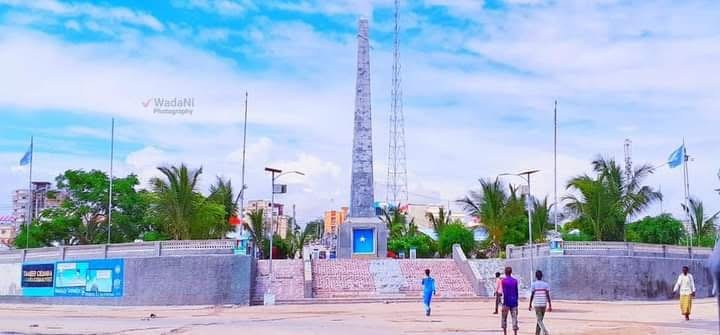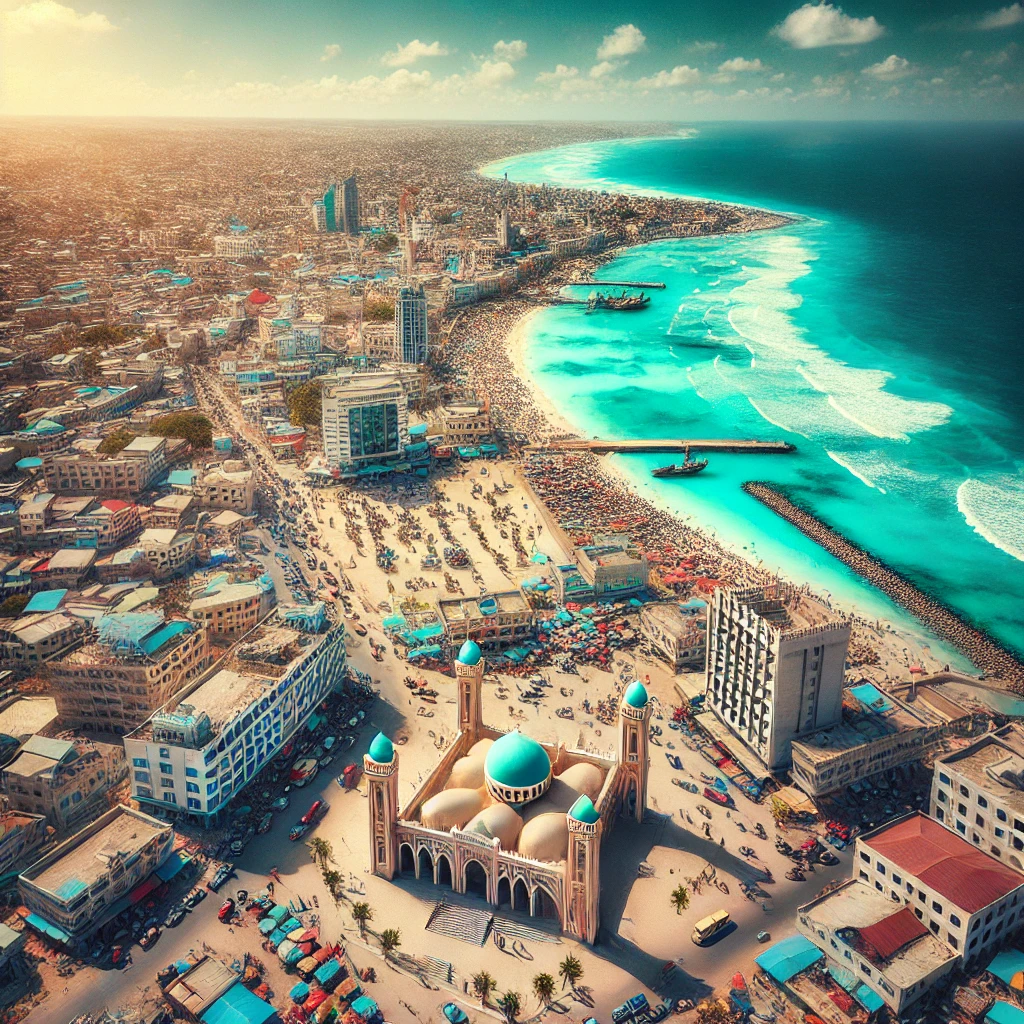The Monument for all Somali: Daljirka dahsoon
1. Introduction
In the heart of Mogadishu, the capital city of Somalia, stands Daljirka Dahsoon, a monument of immense national significance. Translating to “The Unknown Soldier,” this iconic structure represents the sacrifices of countless Somali heroes who fought for the country’s independence and sovereignty. More than a historical landmark, Daljirka Dahsoon serves as a unifying symbol for all Somalis, both within the country and across the diaspora.
The monument encapsulates the resilience and determination of a nation that has endured challenges yet continues to stand tall. As Somalia rebuilds from years of conflict, Daljirka Dahsoon reminds its people of their shared history and collective aspirations for peace and prosperity.
2. Historical Context
Daljirka Dahsoon was constructed shortly after Somalia gained independence in 1960, a period marked by optimism and national pride. During this time, the country sought to establish symbols that would solidify its newfound identity as a sovereign state. The Unknown Soldier Monument was envisioned as a tribute to the countless men and women who sacrificed their lives for Somalia’s liberation, many of whom remain unnamed in the pages of history.
This monument also reflects the global practice of commemorating unknown soldiers, a tradition seen in various nations to honor those who died in service without formal recognition. For Somalia, Daljirka Dahsoon not only memorializes these individuals but also underscores the importance of unity in a nation that is home to diverse clans and communities.
3. Architectural Design and Symbolism
The architectural design of Daljirka Dahsoon is both simple and profound. The monument features a central statue of a soldier standing in a vigilant posture, symbolizing courage, dedication, and the unyielding spirit of Somali fighters. The soldier is depicted holding a weapon, signifying readiness to defend the nation, while his stance conveys pride and resilience.
The base of the monument is inscribed with words of remembrance, honoring those who fought for Somalia’s independence. Surrounding the structure is an open plaza that serves as a gathering space for various events, from military parades to cultural celebrations. The simplicity of the design ensures that the focus remains on the symbolic meaning of the monument rather than ornate decoration.
4. Cultural and National Significance
Daljirka Dahsoon is more than just a historical landmark; it is a cultural and national symbol. Over the decades, it has become a site where Somalis come together to celebrate their shared heritage and honor their heroes. National holidays such as Independence Day on July 1st and Union Day on June 26th are marked by ceremonies and events at the monument.
In addition to its role in national celebrations, Daljirka Dahsoon has become a focal point for cultural expression. Artists, poets, and musicians often draw inspiration from the monument, using it as a metaphor for resilience and unity in their work. Its image is also frequently featured in media and literature as a representation of Somalia’s enduring spirit.
5. Challenges Faced Over Time
Like many landmarks in Somalia, Daljirka Dahsoon has faced its share of challenges over the years. Political instability, armed conflict, and neglect have taken a toll on the monument, reflecting the broader struggles of the nation. During periods of intense conflict, the area around Daljirka Dahsoon was often inaccessible, and the monument itself fell into disrepair.
Despite these challenges, the monument has remained a powerful symbol for Somalis. Even in times of hardship, it continues to inspire hope and serves as a reminder of the sacrifices made for the country’s independence and sovereignty.
6. Restoration Efforts and Modern Relevance
In recent years, there have been significant efforts to restore and preserve Daljirka Dahsoon. Recognizing the monument’s importance to Somali identity, the government, in collaboration with local organizations and international partners, has undertaken initiatives to repair the structure and revitalize the surrounding area.
Restoration projects have focused not only on repairing physical damage but also on ensuring that the monument remains accessible to the public. The surrounding plaza has been cleaned and landscaped, making it a welcoming space for visitors. These efforts are part of a broader movement to preserve Somalia’s cultural heritage and promote national unity.
Today, Daljirka Dahsoon holds renewed relevance in a modern context. As Somalia works toward rebuilding its institutions and fostering peace, the monument serves as a reminder of the resilience and determination of its people. It also acts as a rallying point for efforts to create a more inclusive and equitable society, where the sacrifices of past generations are honored through progress and development.
7. Conclusion
Daljirka Dahsoon stands as a testament to the courage, resilience, and unity of the Somali people. It is a symbol that transcends generations, reminding Somalis of their shared history and collective aspirations. Despite the challenges it has faced, the monument continues to inspire hope and pride, serving as a cornerstone of Somali identity.
As Somalia moves forward, Daljirka Dahsoon will remain a vital part of the nation’s cultural and historical fabric. It is not only a tribute to the unknown soldiers who fought for freedom but also a beacon of unity and resilience for future generations. In the heart of Mogadishu, Daljirka Dahsoon stands tall—a monument that embodies the spirit of a nation and the enduring strength of its people.



